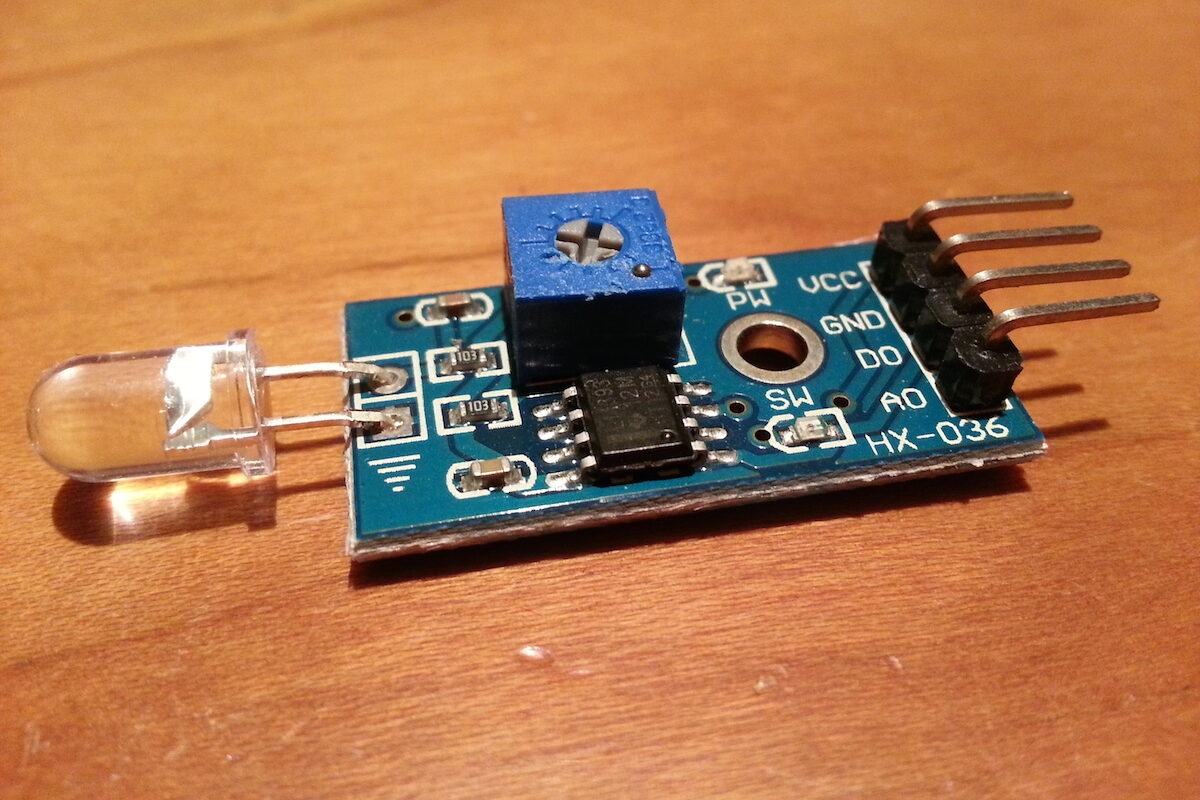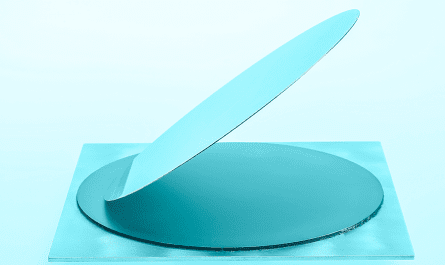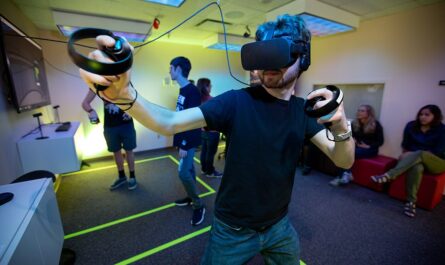Over the past few decades, advancements in sensor technology have brought about transformative changes across many industries. One such technology that is poised to disrupt major sectors is light sensors. These non-imaging light sensors play a crucial role in autonomous vehicles by enabling them to ‘see’ their surroundings. In this article, we explore the technology behind light sensors and how they are powering the next wave of mobility solutions.
What are Light Sensors?
Light sensors, also commonly known as photo sensors or photodetectors, are semiconductor devices that convert light (photons) into an electric current or voltage. At their core, they consist of a PN junction which exhibits the photovoltaic effect – the generation of voltage or electric current in a material upon exposure to light. Based on the type of photosensitive material used, light sensors can detect visible light, infrared or ultraviolet wavelengths.
The two main types of light sensors used in autonomous vehicles are:
– Photodiodes: Used to detect light intensity. Acts like a solar cell and generates current when light strikes its surface.
– Phototransistors: Similar to photodiodes but can amplify the current generated. More sensitive than photodiodes.
How do Light Sensors Enable Autonomy?
Light sensors play a crucial role in environmental perception – the ability of autonomous vehicles to understand their surroundings. They are key components of sensors like Lidar, cameras and radars which help autonomous vehicles safely navigate the roads.
Specifically, light sensors:
– Enable Lidar systems: Lidar uses pulsed lasers and Light Sensors to accurately map out the environment in 3D. The light sensors detect the reflected laser light to measure distances.
– Power computer vision: Cameras fitted on vehicles capture visual data which is then processed through computer vision algorithms. This data from the camera is made possible by the light sensors within the camera detecting light.
– Assist radars: Radars bounce radio signals off objects but light sensors inside help detect the reflected signals, thereby improving the range and accuracy of radars.
By helping perceive the environment thoroughly in all lighting conditions, light sensors lay the crucial Sensory foundation for autonomous driving. But their role doesn’t end there.
Advancements Driving the Future of Light Sensors
Continuous innovations are enhancing the capabilities of light sensors to support more complex autonomous driving scenarios:
– Increased Resolution: New MEMS-based lidar designs pack thousands of tiny light sensors in arrays for highly detailed point-cloud mapping.
– Wider Spectral Response: Sensors sensitive to Near Infra-Red (NIR) allow night vision and perception through fog/smoke. Some can even see ultra-violet light.
– Faster Response Time: Higherbandwidth sensors capture transient signals better, improving perception at high speeds.
– Miniaturization: Integrating light sensors with SoCs cuts size/cost. Novel gallium nitride designs promise even smaller, hardier sensors.
– Multi-Spectral Sensing: New materials like quantum dots are enabling sensors receptive to multiple light spectra simultaneously for context-rich perception.
As light sensors advance, they will soon empower AVs with human-level visual understanding. Scenarios requiring complex perception, like navigating construction zones, will become manageable. This will pave the path towards truly driverless cars.
Light Sensors – The Unsung Heroes of Autonomy
While self-driving cars represent the visible face of autonomy, light sensors constitute its invisible foundation. Without efficiently detecting the photons emanating from surroundings, perception simply wouldn’t be possible. Though often dwarfed by other technologies like AI and high-powered processors, light sensors deserve recognition as the crucial sensory organs enabling AVs to literally ‘see’ the road ahead.
Mass production of low-cost, high-performance light sensors will be key to scaling up self-driving technologies. As semiconductor firms continue focussing on advancing this niche photodetector technology, autonomous driving looks set to transform transportation worldwide within this decade. The impact will be felt not just in vehicles but across other industries too, through applications of environmental perception. In summary, light sensors have clearly illuminated a new path towards an autonomous future.
*Note:
1. Source: Coherent Market Insights, Public sources, Desk research
2. We have leveraged AI tools to mine information and compile it




